Home>Garden Essentials>What Dimensions Does A Daycare Play Area Fence Have In Maryland
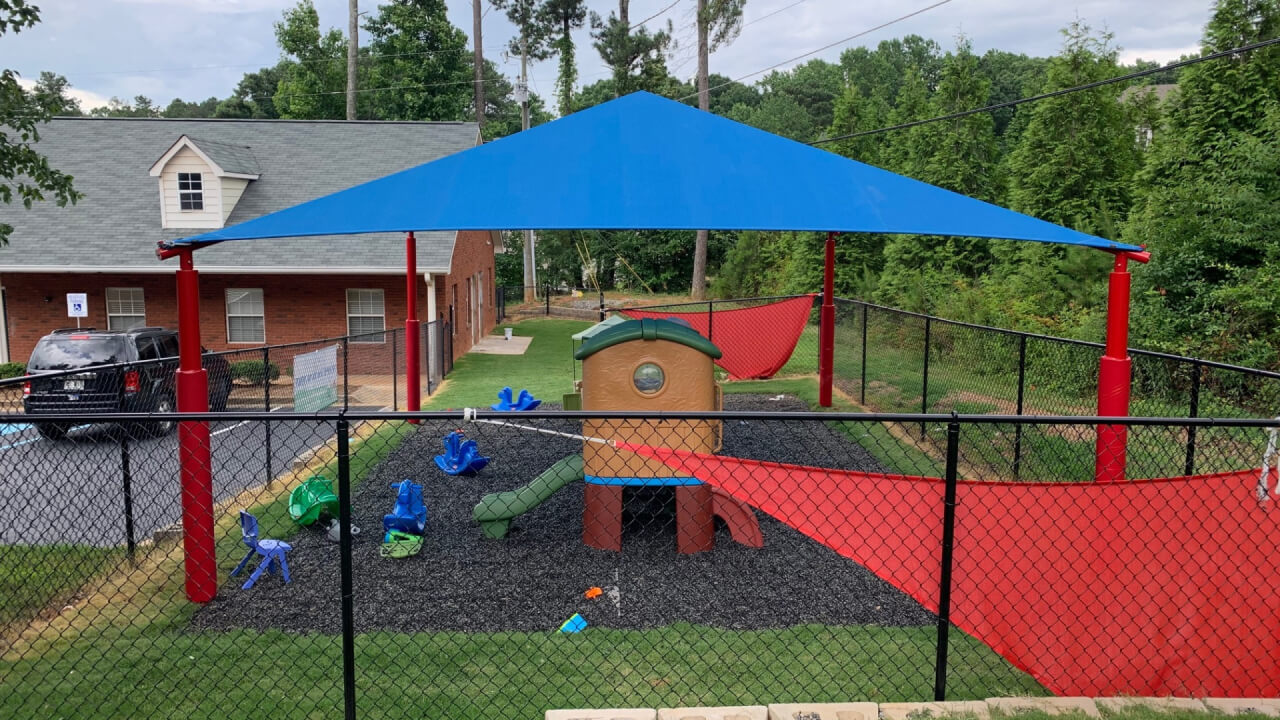

Garden Essentials
What Dimensions Does A Daycare Play Area Fence Have In Maryland
Modified: March 7, 2024
Looking for a garden daycare play area fence in Maryland? Discover the perfect dimensions for your little ones' safety and enjoyment.
(Many of the links in this article redirect to a specific reviewed product. Your purchase of these products through affiliate links helps to generate commission for Storables.com, at no extra cost. Learn more)
Introduction
Welcome to Maryland, a state that is dedicated to ensuring the safety and well-being of children in daycare settings. If you are a daycare owner or operator in Maryland, one crucial aspect you need to consider is the play area fence. A daycare play area fence serves as a protective barrier that keeps children safe within the designated play area.
In this article, we will provide you with a comprehensive overview of daycare play area fences in Maryland. We will explore the regulations, requirements, and considerations for selecting and maintaining a daycare play area fence that meets all safety standards. Let’s dive in.
Key Takeaways:
- Daycare play area fences in Maryland must be at least 4 feet high to keep children safe and secure, using materials like wood, vinyl, or metal to create a protective and visually appealing environment.
- Regular maintenance, inspections, and additional safety measures, such as cushioning materials and proper lighting, ensure that daycare play area fences provide a nurturing and secure space for children to learn and play.
Overview of daycare play area fences in Maryland
Daycare play area fences are an essential component of any daycare facility in Maryland. They not only provide security and safety for children but also establish boundaries and create a designated space for outdoor play. These fences help prevent children from wandering off and keep them protected from potential hazards.
Now, let’s delve into the regulations and requirements for daycare play area fencing in Maryland.
Regulations for Daycare Play Area Fencing in Maryland
Daycare play area fences must comply with specific regulations outlined by the state of Maryland. These regulations are put in place to ensure the safety and well-being of children in daycare settings.
One of the key aspects of daycare play area fences is their height. In Maryland, the minimum height requirement for daycare play area fences is 4 feet. This height ensures that children cannot easily climb over the fence and prevents unauthorized individuals from gaining access to the play area.
In addition to the height requirement, daycare play area fences must be constructed using materials that are safe and durable. Common materials used for daycare play area fences in Maryland include wood, vinyl, and metal. These materials offer both aesthetic appeal and longevity, providing a secure enclosure for children to play within.
Furthermore, gates in daycare play area fences must be equipped with childproof locks to prevent children from accidentally leaving the play area. The gates should open inward and have self-closing mechanisms to ensure that they always remain securely closed when not in use.
It is important to note that daycare play area fences must be designed and installed by professionals who are familiar with the regulations and guidelines set by the state of Maryland. Compliance with these regulations not only ensures the safety of children but also helps daycare owners avoid any legal issues or penalties.
Now that we have discussed the regulations and requirements for daycare play area fences in Maryland, let’s move on to the minimum height requirements for these fences.
State regulations for daycare play area fencing
In Maryland, daycare play area fences are governed by specific regulations to guarantee the safety and well-being of children. These regulations are designed to provide a secure and controlled environment for children to engage in outdoor activities.
One of the primary regulations for daycare play area fencing in Maryland is the minimum height requirement. According to state regulations, daycare play area fences must have a minimum height of 4 feet. This height ensures that children cannot easily climb over the fence, keeping them confined within the designated play area.
Additionally, the distance between the vertical bars or slats of the fence must not exceed 4 inches. This requirement prevents children from squeezing through and potentially getting stuck or injured. The spacing between the horizontal rails should also be minimal to deter climbing.
State regulations also require that daycare play area fences be constructed using materials that are safe, sturdy, and durable. Common materials used for daycare play area fences in Maryland include wood, vinyl, and metal. These materials not only provide visual appeal but also ensure the longevity and effectiveness of the fence.
Furthermore, gates in daycare play area fences must meet specific criteria outlined by state regulations. These criteria include the use of childproof locks to prevent children from accidentally opening the gates and mechanisms that allow gates to self-close. Gates should open inward to prevent children from pushing them open and exiting the play area unsupervised.
It is crucial for daycare owners and operators to familiarize themselves with these state regulations and ensure compliance to maintain a safe and secure play area for children. By adhering to the regulations, daycare facilities can avoid potential accidents, injuries, and legal issues.
Now that we have covered the state regulations for daycare play area fencing in Maryland, let’s move on to discussing the compliance requirements for these fences.
Compliance requirements for daycare play area fences in Maryland
Ensuring compliance with regulations for daycare play area fences in Maryland is crucial to maintaining a safe and secure environment for children. Compliance requirements cover various aspects, including the minimum height of the fence, the materials used, and the design of gates.
One of the primary compliance requirements is the minimum height of the fence. According to Maryland regulations, daycare play area fences must have a minimum height of 4 feet. This height provides an appropriate barrier that prevents children from easily climbing over the fence and ensures that they remain within the designated play area.
In addition to the height requirement, daycare play area fences must also adhere to specific standards for the materials used. The chosen materials should be safe, sturdy, and durable. Common materials that comply with Maryland regulations include wood, vinyl, and metal. These materials offer strength and longevity while providing an aesthetically pleasing appearance for the fence.
Gates in daycare play area fences must also meet compliance requirements. They should include childproof locks to prevent unauthorized access and ensure that children cannot open the gates themselves. Furthermore, gates should be designed to open inward to prevent children from pushing them open and exiting the play area unsupervised.
Compliance with regulations is determined by routine inspections carried out by regulatory authorities. These inspections assess the overall condition of the daycare play area fence, including its height, materials, gate functionality, and general safety measures. Daycare operators should ensure that their play area fences meet all compliance requirements to avoid penalties and maintain a safe environment for children.
When it comes to compliance, it is crucial to consult with professionals who are knowledgeable about the regulations and can assist in the design, installation, and maintenance of daycare play area fences. By working with experts, daycare owners can ensure that their facility meets all compliance requirements and provides a secure play area for children.
Now that we have covered the compliance requirements for daycare play area fences in Maryland, let’s move on to discussing the minimum height requirements for these fences.
Read more: What Does A Play Area Include
Establishing the minimum height for daycare play area fences
The minimum height requirement for daycare play area fences in Maryland is an essential aspect of ensuring the safety and security of children. The established minimum height serves as a protective barrier, preventing children from easily climbing over the fence and keeping them within the designated play area.
The decision to establish a minimum height requirement is based on several factors, including the age of the children attending the daycare, the surrounding environment, and the overall safety concerns. The goal is to create a fence that effectively contains the children while offering adequate visibility for supervision.
Daycare play area fences in Maryland must have a minimum height of 4 feet. This height has been determined to be an appropriate barrier for young children, making it challenging for them to climb over the fence and potentially wander off.
The 4-foot height requirement also helps ensure that unauthorized individuals cannot easily access the play area. By establishing a significant barrier, daycare owners can create a secure environment where children can engage in outdoor play without the risk of outside interference.
It is important to note that the height of the fence is not the only factor to consider when ensuring the safety of children. The spacing between the vertical bars or slats of the fence is crucial as well. In Maryland, the distance between bars or slats should not exceed 4 inches. This requirement prevents children from squeezing through or getting stuck between the fence elements.
Moreover, daycare owners may have different considerations when determining the height of their play area fence. Factors such as the proximity of busy roads or potential hazards in the surrounding area might influence the decision to increase the fence’s height for enhanced safety.
By establishing and adhering to the minimum height requirement for daycare play area fences in Maryland, daycare operators can prioritize the safety and well-being of the children in their care. Creating a secure play area allows children to freely explore and enjoy their outdoor environment while under proper supervision.
Now that we have discussed the establishment of the minimum height for daycare play area fences, let’s move on to explore the different material choices available for these fences in Maryland.
Factors influencing the determination of fence height
When deciding on the height of a daycare play area fence in Maryland, several factors come into play. These factors help ensure the safety, security, and appropriate containment of children within the play area.
One of the primary factors is the age range of the children attending the daycare. Younger children may have limited physical abilities, making it easier for them to climb or scale lower fences. In such cases, a higher fence height might be necessary to prevent them from venturing outside the play area and potentially getting into unsafe situations.
The surrounding environment is another crucial factor. If the daycare facility is located near busy roads or highways, a higher fence might be required to provide an effective barrier against the external environment. This helps protect children from potential dangers and provides peace of mind to parents and caregivers.
Another consideration when determining fence height is the overall safety concerns within the specific daycare facility. If there are particular hazards or risks in the immediate surroundings, it may be necessary to raise the fence height to provide an extra layer of protection.
It is also important to consider the overall visibility of the play area. While it is important to create a secure and contained space for children, caregivers and staff also need to have clear visibility to supervise the children effectively. A fence that is too high may hinder supervision and limit sightlines.
By taking these factors into account, daycare operators can make an informed decision about the appropriate fence height that meets the specific needs of their facility and ensures the safety and security of the children.
Material Choices for Daycare Play Area Fences in Maryland
When it comes to selecting materials for daycare play area fences in Maryland, there are several options available, each with its own set of advantages and considerations.
One commonly used material is wood. Wood fences offer a classic and natural look, blending well with outdoor environments. They can be customized to various heights, styles, and colors. However, wood fences may require regular maintenance, such as staining and sealing, to protect against weathering and extend their lifespan.
Alternatively, vinyl fences are another popular choice. Vinyl is a low-maintenance material that is resistant to rot, fading, and cracking. It offers a clean and polished appearance and is available in a range of colors and styles. While vinyl fences may be more expensive upfront, they require less maintenance over time, making them cost-effective in the long run.
Metal fences, such as aluminum or wrought iron, are also commonly used for daycare play area enclosures. Metal fences provide durability, strength, and a sleek appearance. They are resistant to weather and require minimal maintenance. However, metal fences can be more expensive and may have limited customization options compared to wood or vinyl.
Ultimately, the choice of material depends on factors such as budget, desired aesthetics, and the level of maintenance a daycare operator is willing to undertake. It is essential to select a material that not only meets the necessary safety standards but also complements the overall design and functionality of the daycare play area.
Now that we have discussed the different material choices for daycare play area fences in Maryland, let’s explore the specifications and safety considerations for gates in these fences.
Suitable materials for daycare play area fences in Maryland
When it comes to selecting materials for daycare play area fences in Maryland, it is important to choose materials that are both suitable for outdoor use and meet the safety standards required for childcare facilities. Here are some commonly used materials that are suitable for daycare play area fences:
1. Wood: Wood is a popular choice due to its natural look and versatility. It can be easily customized to meet specific height requirements and can be painted or stained to match the aesthetic of the daycare facility. However, it is important to select durable, treated wood that is resistant to rot and decay.
2. Vinyl: Vinyl is a low-maintenance material that is becoming increasingly popular for daycare play area fences. It is resistant to moisture, fading, and cracking, making it ideal for outdoor use. Vinyl fences are available in a variety of styles and colors, allowing daycare operators to choose a design that suits their facility.
3. Metal: Metal fences, such as aluminum or wrought iron, are known for their strength and durability. They provide a sturdy barrier that is difficult to climb, ensuring the safety of children. Metal fences also offer a classic and elegant look, enhancing the visual appeal of the daycare play area.
4. Chain link: Chain link fences are a cost-effective option for daycare play areas. They provide good visibility and ventilation, allowing children to play while being observed by caregivers. Chain link fences can be coated with vinyl or come in galvanized options to increase durability and rust resistance.
It is essential to select materials that comply with the regulations and requirements set by the state of Maryland. The chosen materials should be safe, durable, and able to withstand the outdoor elements. Additionally, daycare operators should consider the maintenance requirements of the chosen materials to ensure the longevity of the fence.
Consulting with professionals who specialize in daycare play area fences can provide valuable guidance and help in selecting the most suitable material for your specific needs. By choosing the right materials, daycare operators can create a secure and visually appealing play area for children to enjoy.
Now that we have discussed suitable materials for daycare play area fences in Maryland, let’s move on to the pros and cons of different fence materials.
Read more: How To Build A Child Play Area Fence
Pros and cons of different fence materials
When selecting the right material for your daycare play area fence in Maryland, it is important to consider the pros and cons of each option. Here are some advantages and disadvantages of different fence materials:
1. Wood:
- Pros: Wood fences offer a natural and timeless look, blending well with outdoor environments. They can be customized to various heights and styles, allowing for a personalized design. Wood is a relatively affordable option and can be easily repaired if damaged.
- Cons: Wood fences require regular maintenance, including staining, sealing, and occasional repairs. They may be susceptible to rot, warping, and insect damage if not properly maintained. Additionally, the lifespan of wood fences can be shorter compared to other materials.
2. Vinyl:
- Pros: Vinyl fences are highly durable and require minimal maintenance. They are resistant to rotting, warping, and discoloration. Vinyl is available in a wide range of colors and styles, allowing for customization to match the facility’s aesthetic. It is also easy to clean, typically requiring only soap and water.
- Cons: Vinyl fences can be more expensive upfront compared to other materials. Extreme temperature changes may cause vinyl to become brittle or fade over time. Additionally, vinyl fences can be more challenging to repair if damaged.
3. Metal:
- Pros: Metal fences, such as aluminum or wrought iron, offer durability and strength. They provide excellent security and can withstand harsh weather conditions. Metal fences are often considered long-lasting, and they offer a classic and elegant look. They require minimal maintenance and are resistant to rot and insect damage.
- Cons: Metal fences can be expensive compared to other options. They may require professional installation due to their weight and complexity. In some cases, metal fences may have limited customization options compared to other materials.
4. Chain link:
- Pros: Chain link fences are cost-effective and offer excellent visibility for supervision. They are durable, low-maintenance, and resistant to rot and insects. Chain link fences are also available in different heights, making them versatile for various play area sizes.
- Cons: Chain link fences may not provide the same level of privacy as other materials. They can be seen as less aesthetically pleasing, especially when compared to wood or vinyl options. Additional privacy measures, such as privacy slats or vegetation, may be required.
Considering the specific needs and requirements of your daycare facility, as well as your budget and maintenance capabilities, will help you determine the most suitable fence material. It is recommended to consult with professionals who specialize in daycare play area fences to ensure you make an informed decision.
Gate Requirements for Daycare Play Area Fences in Maryland
In addition to selecting the right material for daycare play area fences, it is essential to meet requirements for gates in Maryland. Gates serve as access points to the play area and need to adhere to specific regulations to ensure the safety and security of the children.
According to Maryland regulations, gates in daycare play area fences must have childproof locks to prevent children from accidentally opening them. These locks should be positioned at a height that is inaccessible to young children, ensuring that they cannot easily open the gate and wander off unsupervised.
As an additional safety measure, gates should be designed to open inward, towards the play area, to prevent children from pushing them open from the outside. This helps ensure that children remain within the designated play area and reduces the risk of them accessing potential hazards.
Furthermore, daycare play area gates should have a self-closing mechanism to ensure that they automatically close and latch securely when not in use. This eliminates the possibility of gates being unintentionally left open, minimizing the risk of children escaping or unauthorized individuals entering the play area.
Gate requirements may vary depending on the specific local regulations or licensing requirements, so it is important to consult with local authorities or professionals knowledgeable in daycare regulations to ensure compliance.
By meeting the gate requirements for daycare play area fences, daycare operators can enhance the safety and security of the play area and maintain proper supervision of the children.
Now that we have covered gate requirements for daycare play area fences in Maryland, let’s move on to discussing the maintenance and inspection of these fences.
When building a daycare play area fence in Maryland, make sure to adhere to the state regulations which require a minimum height of 4 feet and no gaps larger than 4 inches to ensure the safety of the children.
Specifications for gates in daycare play area fences
When it comes to daycare play area fences in Maryland, the gates serve as vital access points to the play area. To ensure the safety and security of the children, it is important to adhere to specific specifications for gates. These specifications are designed to minimize the risk of accidents and unauthorized access.
According to Maryland regulations, gates in daycare play area fences must have childproof locks. These locks should be positioned at a height that is inaccessible to young children, ensuring that they cannot easily manipulate or open the gate on their own. The purpose of childproof locks is to prevent children from accidentally wandering away from the play area and to keep them within a controlled environment.
In addition to childproof locks, gates should be designed to open inward, towards the play area. This design feature ensures that children cannot push the gate open from the outside. By having gates that open inward, it becomes more difficult for children to gain access to potential hazards or areas where they need additional supervision.
Another important aspect of gate specifications is the self-closing mechanism. Gates in daycare play area fences should be equipped with a self-closing mechanism to ensure that the gate automatically closes and latches securely after each use. This feature is crucial in preventing gates from being accidentally left open, ensuring constant containment and security within the play area.
Furthermore, the gate latch should be positioned high enough to prevent children from easily reaching it. This helps to ensure that children cannot open the gate by themselves, minimizing the risk of unsupervised access or accidental escape.
It is essential to regularly inspect and maintain the gates in daycare play area fences to ensure that they meet these specifications. Regular inspections can identify any issues or malfunctions with the gate locks, hinges, or self-closing mechanisms. Routine maintenance, such as lubrication and repair of any damages, is vital in keeping the gates fully functional and secure.
By adhering to the specifications for gates in daycare play area fences, daycare operators can provide a safe and controlled environment for children. Gates that are correctly designed and maintained help reduce the risk of accidents, ensure proper supervision, and enhance the overall security of the play area.
Now that we have covered the specifications for gates in daycare play area fences, let’s discuss the importance of maintenance and regular inspection of these fences.
Safety features and considerations for daycare play area gates
Daycare play area gates serve as crucial access points that need to meet specific safety features and considerations in order to maintain a secure environment for children. Implementing these safety measures helps prevent accidents, unauthorized access, and ensures proper supervision. Here are some key safety features and considerations for daycare play area gates:
- Childproof locks: Gates should be equipped with childproof locks that are positioned at a height that young children cannot reach or operate. Childproof locks help prevent children from unintentionally opening the gate and wandering off without supervision.
- Self-closing mechanism: Gates in daycare play area fences should have a self-closing mechanism. This ensures that the gate automatically closes and latches securely after each use, reducing the risk of gates being accidentally left open. It helps maintain a controlled environment and prevents children from accessing potential hazards.
- Latch positioning: The latch of the gate should be positioned high enough so that young children cannot easily reach and open it. This additional safety measure helps ensure that children cannot open the gate on their own, reducing the risk of unsupervised access or accidental escape.
- Sturdy construction: Daycare play area gates should be sturdy and well-constructed to withstand wear and tear, as well as the active nature of children. The materials used for the gates should be durable and resistant to rust or corrosion. Reinforcing weak points, such as hinges and latch mechanisms, helps maintain the overall strength and security of the gate.
- Visibility: Gates should be designed in a way that allows caregivers to have clear visibility of the play area. This visibility ensures proper supervision and allows caregivers to monitor the children’s activities and safety.
- Regular maintenance: Proper maintenance of daycare play area gates is essential to ensure their ongoing functionality and safety. Regularly inspecting the gates for any damages, loose components, or signs of wear is crucial. Routine maintenance procedures, such as lubrication of hinges and locks, tightening of screws and bolts, and repair of any damages, should be carried out promptly.
By incorporating these safety features and considerations into the design and maintenance of daycare play area gates, daycare operators can provide a secure and supervised environment for children. Regular inspection and maintenance are crucial to ensure that the gates remain in optimal working condition and meet the necessary safety standards.
Read more: Which Burger King Outlets Have A Play Area
Maintenance and Inspection of Daycare Play Area Fences in Maryland
Maintenance and regular inspections of daycare play area fences are essential to ensure their ongoing safety, durability, and compliance with regulatory standards. By implementing a comprehensive maintenance and inspection routine, daycare operators can identify and address any issues or potential hazards promptly. Here are some key considerations for maintaining and inspecting daycare play area fences in Maryland:
- Routine cleaning: Daycare play area fences should be regularly cleaned to remove dirt, debris, and any potential hazards. This helps maintain the visual appeal of the fence and prevents buildup that could compromise the fence’s integrity.
- Inspect for damages: Regularly inspect the fence for any damages, such as broken or loose boards, cracks, or signs of wear. Repair or replace damaged components as necessary to ensure the fence’s structural integrity.
- Check for proper alignment: Ensure that the fence is properly aligned and secure in its position. Loose or misaligned sections can compromise the effectiveness and safety of the fence.
- Inspect gate functionality: Regularly check the gates for proper functioning, including the latching mechanism, hinges, and self-closing feature. Test the gate’s ability to open and close smoothly and ensure that childproof locks are in good working order.
- Address vegetation near the fence: Overgrown vegetation near the fence should be regularly trimmed and maintained. It is important to ensure that vegetation does not affect the structural stability of the fence or provide a means for children to climb over or access the fence.
- Address signs of wear and tear: Any signs of wear and tear, such as rust, corrosion, or splintering, should be addressed promptly. Rust can compromise the strength of metal fences, while splintering or deteriorating wood can pose safety risks.
- Consult professionals: If unsure about any maintenance or inspection procedures, it is recommended to consult professionals who specialize in daycare play area fences. They can provide guidance, expertise, and perform necessary repairs or maintenance tasks.
By implementing a regular maintenance and inspection routine, daycare operators can ensure that the play area fences in Maryland remain safe, secure, and compliant with regulations. This helps create a conducive environment for children to play and enjoy their outdoor activities.
Now that we have covered maintenance and inspection of daycare play area fences, let’s move on to discussing additional safety measures and security considerations for these fences.
Routine maintenance procedures for daycare play area fences
Maintaining daycare play area fences through routine maintenance procedures is crucial to ensure their longevity, safety, and overall functionality. Regular maintenance helps identify and address issues promptly, preventing potential hazards and maintaining a secure environment for children. Here are some important routine maintenance procedures for daycare play area fences:
- Cleaning: Regularly clean the fence to remove dirt, debris, and any organic materials that may accumulate over time. Use mild soap, water, and a soft brush or sponge to gently scrub the fence panels, removing any stains or built-up grime. Rinse the fence thoroughly and allow it to dry completely.
- Inspecting for damages: Conduct regular visual inspections to identify any damages or signs of wear. Look for broken or loose boards, cracked or deteriorating materials, and any structural issues. Address these damages promptly by repairing or replacing the affected components to maintain the fence’s integrity.
- Maintaining paint or finish: If your fence has been painted or finished, periodically inspect the coating for any signs of deterioration or chipping. Touch up or repaint as needed to protect the fence from weathering and maintain its appearance.
- Tightening fasteners: Check all screws, bolts, and other fasteners on the fence and make sure they are secure and tight. Over time, these fasteners can become loose due to natural movement or weather conditions. Use a screwdriver or wrench to tighten them as necessary.
- Lubricating hinges and locks: Apply lubricant to hinges, gate locks, and other moving parts to ensure smooth operation. Lubrication minimizes friction and prevents components from rusting or seizing up, allowing gates to open and close properly.
- Inspecting gate functionality: Test the gates regularly to ensure they open and close smoothly. Check for any signs of wear on gate hardware, such as hinges, latches, and self-closing mechanisms. Make necessary adjustments or replacements for proper functionality.
- Addressing vegetation: Trim and maintain any vegetation that grows near the fence. Overgrown foliage can cause damage to the fence or provide a means for children to climb over or access the fence from the outside. Regularly trim back vegetation to maintain a safe and secure play area.
- Addressing signs of wear and tear: Look for signs of rust, corrosion, splintering, or other wear and tear on the fence materials. Depending on the material used, there may be specific maintenance requirements to address these issues, such as applying rust-resistant coatings or sealing wood to prevent further deterioration.
- Consulting professionals: If you’re unsure about any maintenance procedures or notice significant issues with the fence, it is recommended to consult professionals who specialize in daycare play area fences. They can provide expert advice, guidance, and perform necessary repairs or maintenance tasks.
By incorporating these routine maintenance procedures into your daycare play area fence management, you can ensure that the fence remains in optimal condition, functions properly, and maintains a safe environment for children. Regular maintenance extends the lifespan of the fence, reduces potential hazards, and provides peace of mind for both daycare operators and parents.
Now that we have discussed routine maintenance procedures for daycare play area fences, let’s move on to discussing the regular inspection requirements for these fences.
Regular inspection requirements for daycare play area fences
Regular inspections are essential for daycare play area fences in Maryland to ensure their safety, stability, and compliance with regulations. By conducting routine inspections, daycare operators can identify any issues or potential hazards early on and take appropriate measures to address them. Here are the regular inspection requirements for daycare play area fences:
- Frequency: Inspections should be carried out on a regular basis, taking into account factors such as the age and condition of the fence, weather conditions, and the level of usage. It is recommended to conduct inspections at least once every three months, but more frequent inspections may be necessary in high-traffic areas or areas prone to extreme weather conditions.
- Visual inspection: Begin the inspection by visually examining the entire fence, including all posts, rails, panels, and gates. Look for any signs of damage, such as cracks, breaks, loose components, or signs of wear and tear. Pay attention to areas where the fence meets the ground, as these areas are prone to moisture damage or shifting.
- Gates and hardware: Focus on the gates and their hardware during the inspection. Check for proper alignment, functioning of the latch and lock mechanism, and overall stability. Ensure that childproof locks are working effectively, and the gate opens and closes smoothly. Repair or replace any damaged or malfunctioning hardware as needed.
- Fence stability: Assess the stability of the fence by checking for any leaning, shifting, or loose posts. Firmly grasp the fence and try to shake it gently to see if there is any movement. Address any unstable sections promptly to maintain the fence’s structural integrity.
- Vegetation: Inspect the area surrounding the fence for any overgrown vegetation or creeping vines that could compromise the fence’s stability or create opportunities for children to climb over. Trim back any vegetation or branches that may be encroaching on the fence.
- Moisture or rot: Check for any signs of moisture damage or rot, particularly if the fence is made of wood. Look for discoloration, warping, or soft spots in the wood. These signs can indicate potential issues that need to be addressed to maintain the fence’s strength and longevity.
- Maintenance needs: During the inspection, make note of any maintenance needs identified, such as loose screws, chipped paint, or rusty parts. Plan and schedule necessary repairs or maintenance tasks to address these issues promptly.
Regular inspections are critical to ensure that daycare play area fences remain in good condition and continue to provide a safe and secure environment for children. By promptly addressing any issues or hazards identified during inspections, daycare operators can minimize risks and maintain compliance with safety standards.
Ensuring Safety and Security in Daycare Play Area Fences in Maryland
Ensuring the safety and security of daycare play area fences in Maryland is of paramount importance. By adhering to regulations, conducting routine maintenance, and performing regular inspections, daycare operators can create a secure environment for children to play and explore. Here are some additional safety measures and security considerations to enhance daycare play area fences:
- Use of non-toxic materials: Daycare play area fences should be constructed using non-toxic materials to ensure the safety of children. Avoid materials that contain chemicals or paints that may pose health risks.
- Remove potential hazards: Regularly inspect the area surrounding the fence and remove any potential hazards that could harm children, such as sharp objects, broken toys, or debris.
- Supervision: Ensure that children are always supervised when playing in the daycare play area. Place adequate staff-to-child ratios to ensure continuous supervision and safety.
- Emergency exits: Designate emergency exits within the play area that allow for quick and easy evacuation if necessary. Ensure that these exits are clearly marked and easily accessible.
- Surveillance: Consider installing surveillance cameras near the play area to enhance security and provide an additional level of monitoring and protection. Displaying visible signage indicating the presence of surveillance can act as a deterrent for potential trespassers or unauthorized access.
- Proper signage: Install clear signage near the fence indicating the rules and regulations of the play area, such as no climbing on the fence or proper use of the gate.
- Regular communication: Maintain open lines of communication with parents, caregivers, and staff to ensure everyone is aware of the safety protocols, potential hazards, and the importance of adhering to safety measures.
By implementing these safety measures and security considerations, daycare operators can create a safe and secure play environment for children. Regular maintenance, inspections, and a proactive approach to safety will help ensure that daycare play area fences in Maryland remain in compliance with regulations and provide a secure space for children to learn, explore, and have fun.
Now that we have covered the importance of safety and security in daycare play area fences in Maryland, let’s conclude our article.
Read more: What Should Be In The Dramatic Play Area
Additional safety measures for daycare play area fences
While daycare play area fences in Maryland are designed to provide a secure environment for children, incorporating additional safety measures can further enhance their effectiveness. These measures aim to minimize potential risks and ensure the well-being of the children in daycare settings. Here are some additional safety measures to consider for daycare play area fences:
- Add cushioning materials: Install padding or soft materials on or around the fence posts or any hard surfaces within the play area. This can help reduce the impact in case a child accidentally bumps into the fence.
- Secure potential climbing points: Inspect the fence for any potential climbing points, such as horizontal bars or footholds. Consider adding additional vertical slats or netting to eliminate these climbing opportunities.
- Install an alarm system: Consider installing an alarm system that sounds an alert if a gate is opened without authorization or if someone attempts to tamper with the fence. This provides an extra layer of security and ensures immediate attention in case of any breach.
- Regular training and safety drills: Train staff and caregivers in proper emergency procedures and conduct regular safety drills. This includes practicing evacuation protocols in case of a fire or other emergencies.
- Fire safety measures: Place fire extinguishers, fire blankets, and emergency exit signs within the play area. Ensure that all staff members are trained in fire safety procedures and understand how to use firefighting equipment.
- Proper lighting: Ensure that the play area and fence are well-lit, especially in the evening or during hours of low visibility. Adequate lighting minimizes the risk of accidents and deter unauthorized access after hours.
- Regular maintenance of surrounding areas: Keep the surrounding areas free of hazards, such as loose debris, sharp objects, or tripping hazards. Regularly inspect and maintain the play area surfaces, ensuring they are well-maintained and free from hazards.
- Establish clear supervision guidelines: Clearly communicate and enforce guidelines for supervision with staff members. Ensure that there are designated supervisors available to monitor the play area at all times and maintain proper ratios of staff to children.
- Parent and caregiver education: Educate parents and caregivers about the importance of adhering to safety protocols and guidelines when using the play area. Provide them with information on how to interact and supervise children within the play area safely.
- Regular risk assessments: Conduct routine risk assessments of the play area and the fence, identifying any potential hazards or areas that may require additional safety measures. Address any issues identified promptly.
By implementing these additional safety measures, daycare operators can further enhance the security and well-being of the children in their care. Regularly reviewing and updating safety protocols will help ensure that daycare play area fences provide a safe and enjoyable space for children to learn, play, and explore.
Now that we have covered the additional safety measures for daycare play area fences, let’s conclude our comprehensive guide on daycare play area fences in Maryland.
Security considerations and options for daycare play area fences
In addition to safety, security is another crucial aspect to consider when it comes to daycare play area fences in Maryland. Implementing proper security measures ensures the protection of children and helps prevent unauthorized access. Here are some security considerations and options for daycare play area fences:
- Locking mechanisms: Use high-quality locks on gates and ensure that they are properly secured. Consider options such as combination locks, key cards, or electronic access systems to restrict access and increase security.
- Surveillance systems: Install surveillance cameras around the play area and fence to monitor activity and deter potential intruders. Ensure that the cameras cover all crucial areas, including gates and entrances.
- Fencing height and design: Consider taller fences or add anti-climbing features to deter unauthorized access. Options such as pointed or curved finials, sensor-activated alarms, or barbed wire can serve as effective deterrents.
- Controlled access: Establish a controlled access system where visitors must check-in and be authorized before entering the play area. This can include measures such as sign-in procedures, visitor badges, or security personnel stationed at entrances.
- Perimeter protection: Alongside the fence, consider additional security measures such as motion sensor lights, intrusion detection systems, or even security patrols to ensure the perimeter is secure.
- Parent and caregiver education: Educate parents and caregivers on the importance of safety and security protocols, such as properly closing gates and not sharing access codes or keys with unauthorized individuals.
- Neighborhood watch programs: Engage with the local community to establish or participate in neighborhood watch programs. This helps create a sense of community security and encourages individuals to be vigilant in maintaining the safety and security of the daycare facility.
By incorporating these security considerations and options into daycare play area fences, daycare operators can provide a secure environment for children to thrive. It is essential to find the right balance between safety and security measures to ensure the well-being of the children while maintaining accessibility for authorized individuals.
Conclusion
Building and maintaining a daycare play area fence in Maryland requires careful attention to safety, compliance, maintenance, and security. By adhering to state regulations for fence height, materials, gate specifications, and regular inspections, daycare operators can create a safe and secure environment for the children in their care.
The minimum height requirements ensure that the fence provides an effective barrier and prevents unauthorized access. Suitable materials such as wood, vinyl, metal, or chain link offer durability, aesthetics, and longevity. Childproof locks, self-closing mechanisms, and proper gate design enhance the security of the fence and prevent children from accidentally leaving the play area.
Routine maintenance procedures, including cleaning, inspections, and addressing damages promptly, are essential in ensuring the ongoing functionality and safety of the fence. Additional safety measures, such as cushioning, removing potential climbing points, and maintaining proper supervision, further enhance the security of the play area.
Considerations for security measures, including locking mechanisms, surveillance systems, controlled access, and perimeter protection, help prevent unauthorized access and ensure the overall security of the daycare facility.
By carefully considering and implementing these guidelines and measures, daycare operators can create a safe, secure, and enjoyable play area for children to learn, grow, and explore. Prioritizing safety, compliance, maintenance, and security plays a fundamental role in providing a nurturing environment that parents can trust and children can thrive in.
Summary of key points regarding daycare play area fences in Maryland
Daycare play area fences in Maryland play a crucial role in ensuring the safety and security of children. Let’s recap the key points discussed throughout this article:
– Daycare play area fences in Maryland must comply with state regulations, including minimum height requirements and the use of appropriate materials.
– The minimum height requirement for daycare play area fences in Maryland is 4 feet, ensuring children cannot easily climb over the fence and maintaining a secure play area.
– Suitable materials for daycare play area fences in Maryland include wood, vinyl, metal, and chain link, each with their own advantages and considerations.
– Gates in daycare play area fences must meet specific specifications, including childproof locks, self-closing mechanisms, and proper positioning to prevent accidental openings and ensure security.
– Routine maintenance procedures for daycare play area fences include regular cleaning, inspections for damages, maintenance of paint or finish, tightening of fasteners, lubricating hinges and locks, addressing vegetation, and promptly repairing signs of wear and tear.
– Regular inspections are necessary to identify any issues or potential hazards, such as damages, gate malfunctions, or unstable sections, to maintain safety and compliance.
– Additional safety measures for daycare play area fences include adding cushioning materials, securing potential climbing points, installing alarm systems, conducting proper lighting, and regular risk assessments.
– Security considerations for daycare play area fences include the use of high-quality locking mechanisms, surveillance systems, controlled access systems, and perimeter protection options.
– It is important to educate parents, caregivers, and staff on safety and security protocols and conduct regular training and safety drills.
– By prioritizing safety, compliance, maintenance, and security, daycare operators can create a safe, secure, and enjoyable play area for children.
By following these guidelines and implementing necessary measures, daycare operators in Maryland can provide a safe and secure environment where children can learn, play, and thrive.
Frequently Asked Questions about What Dimensions Does A Daycare Play Area Fence Have In Maryland
Was this page helpful?
At Storables.com, we guarantee accurate and reliable information. Our content, validated by Expert Board Contributors, is crafted following stringent Editorial Policies. We're committed to providing you with well-researched, expert-backed insights for all your informational needs.
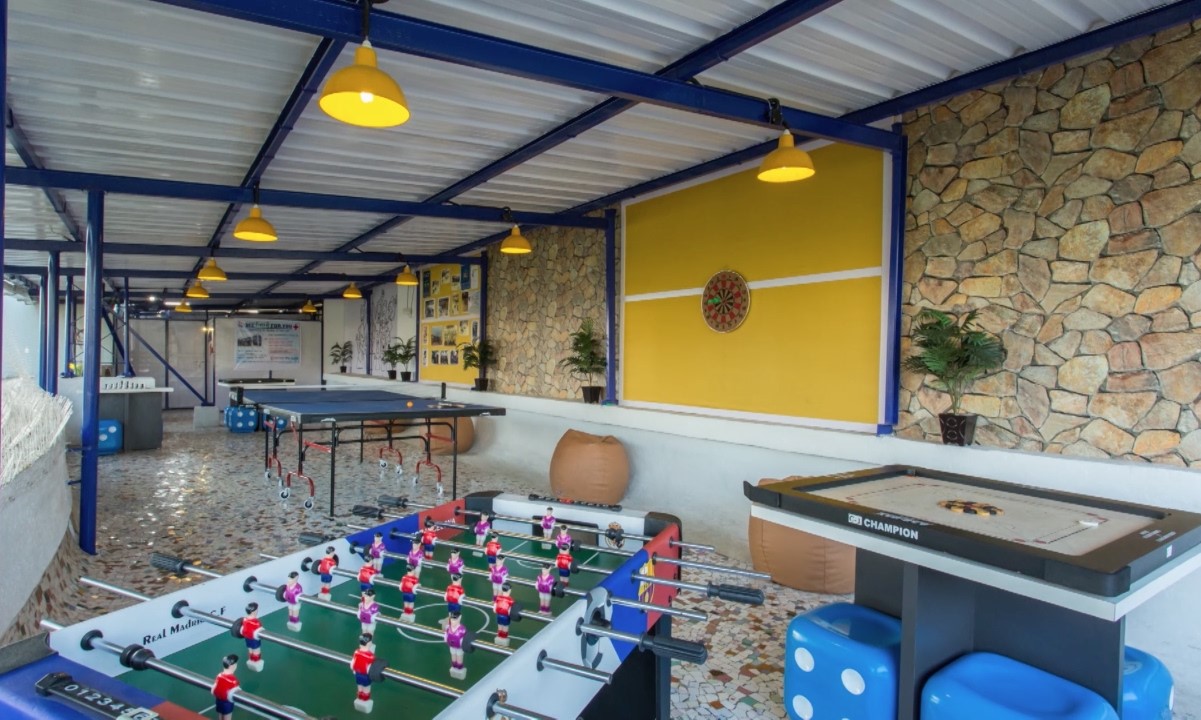
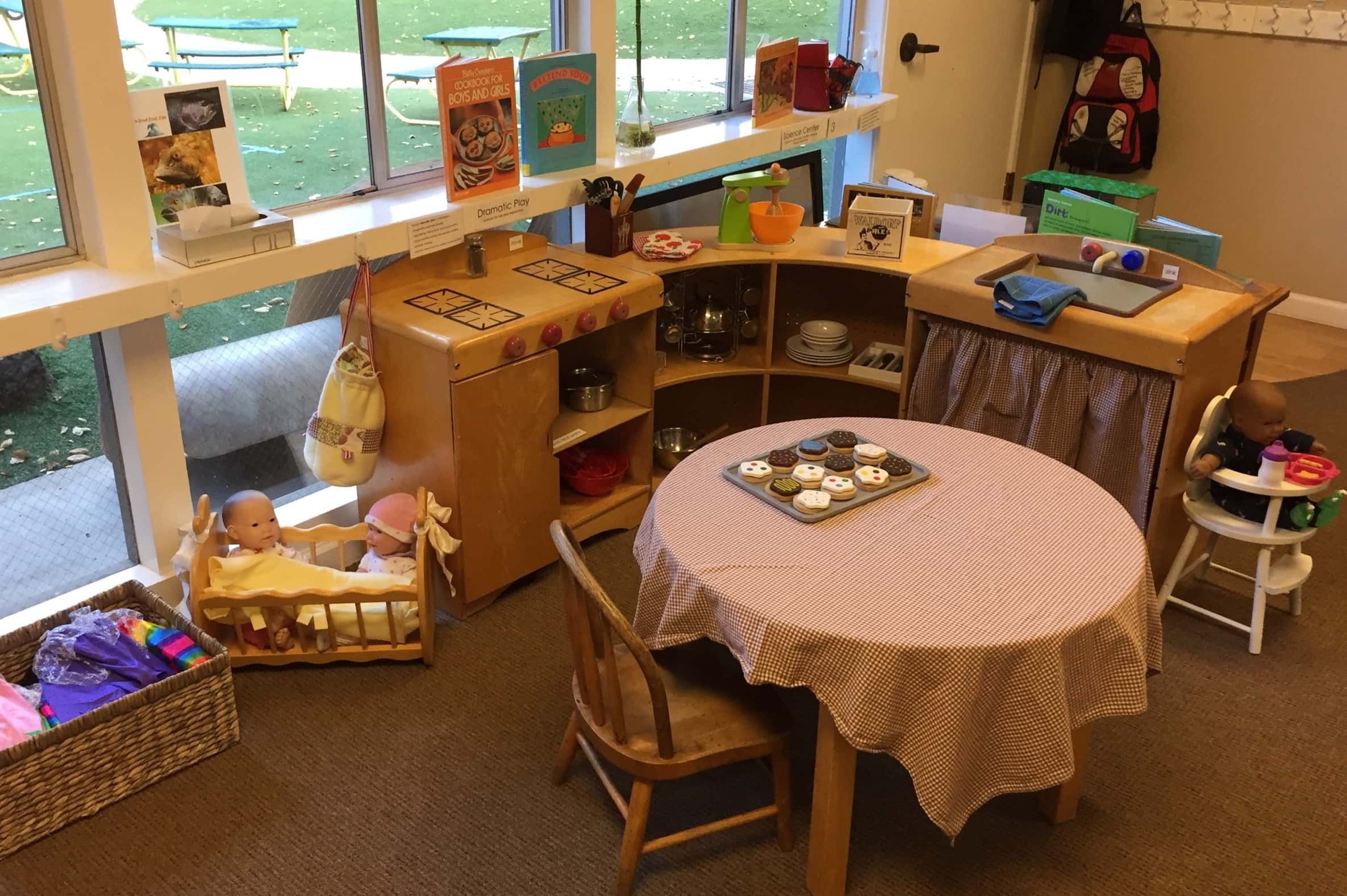
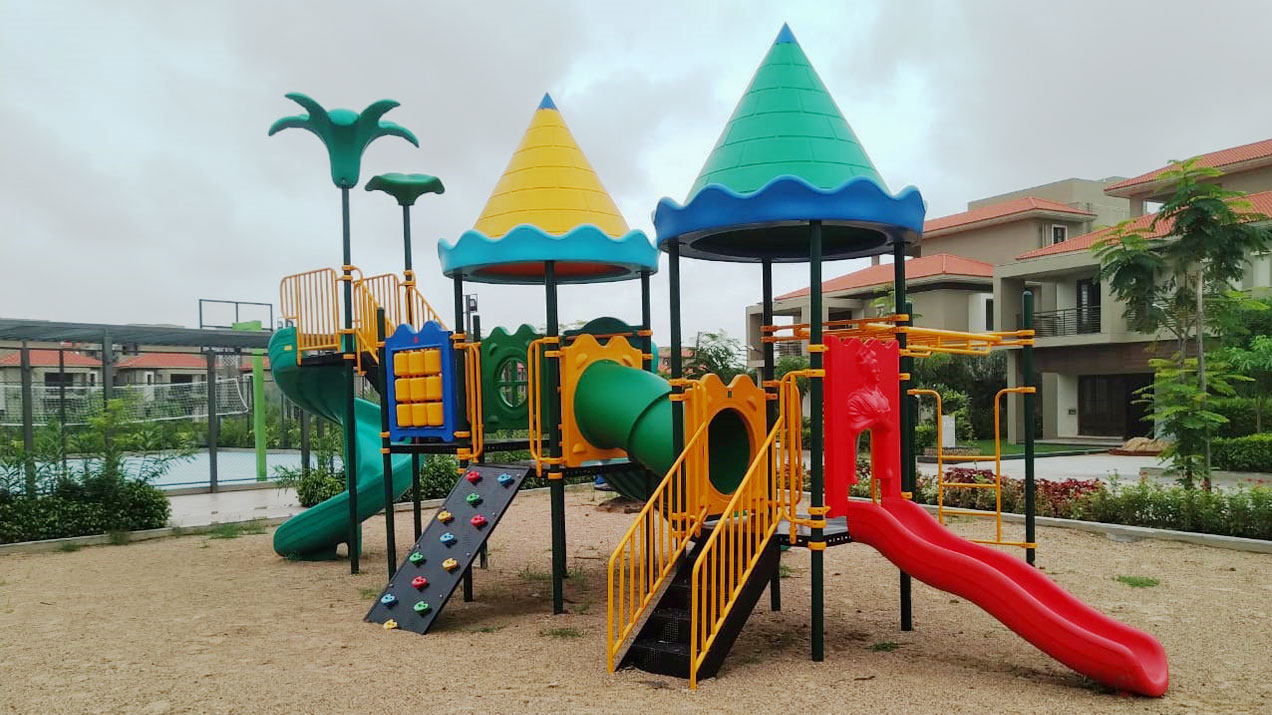
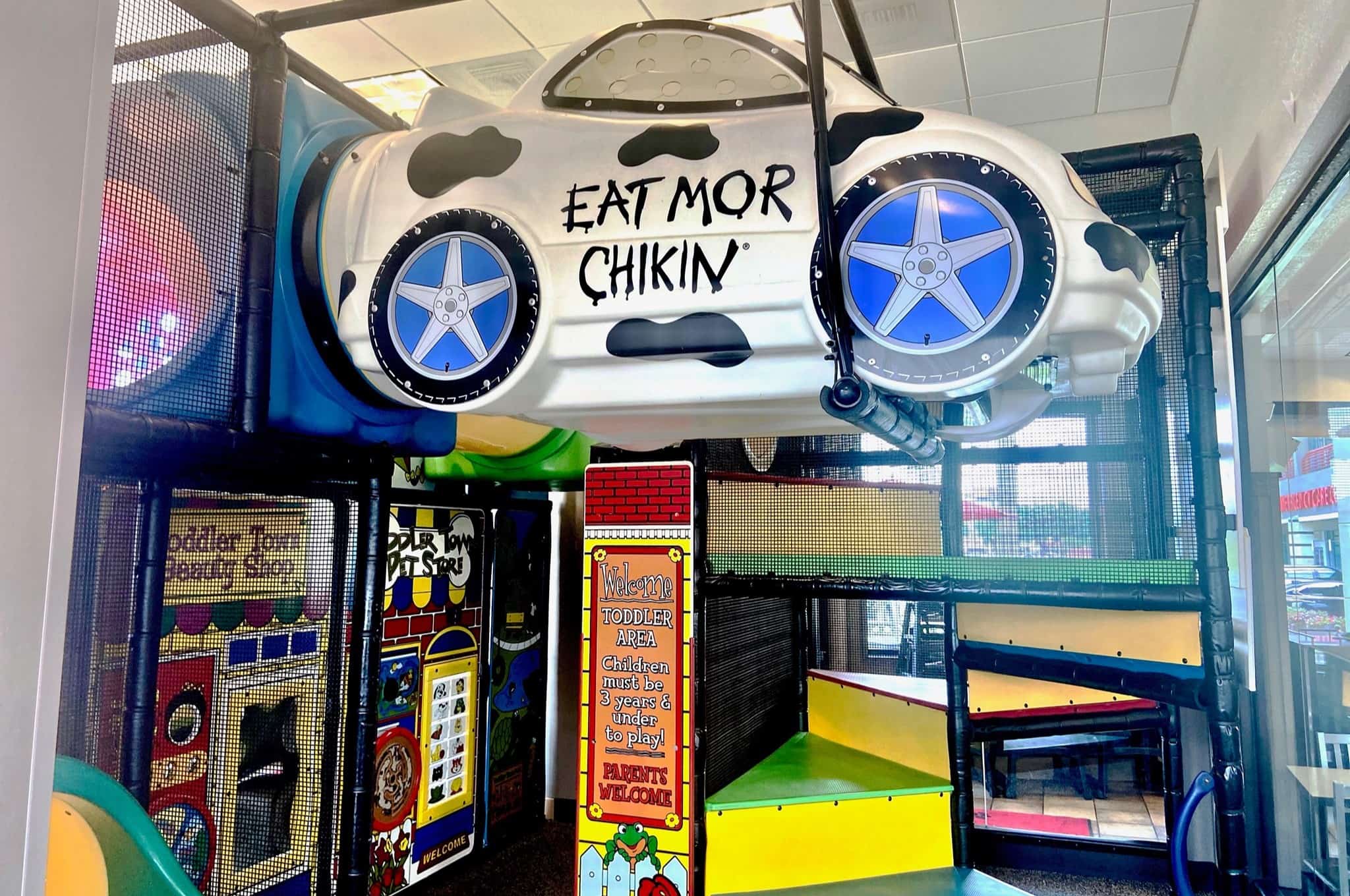

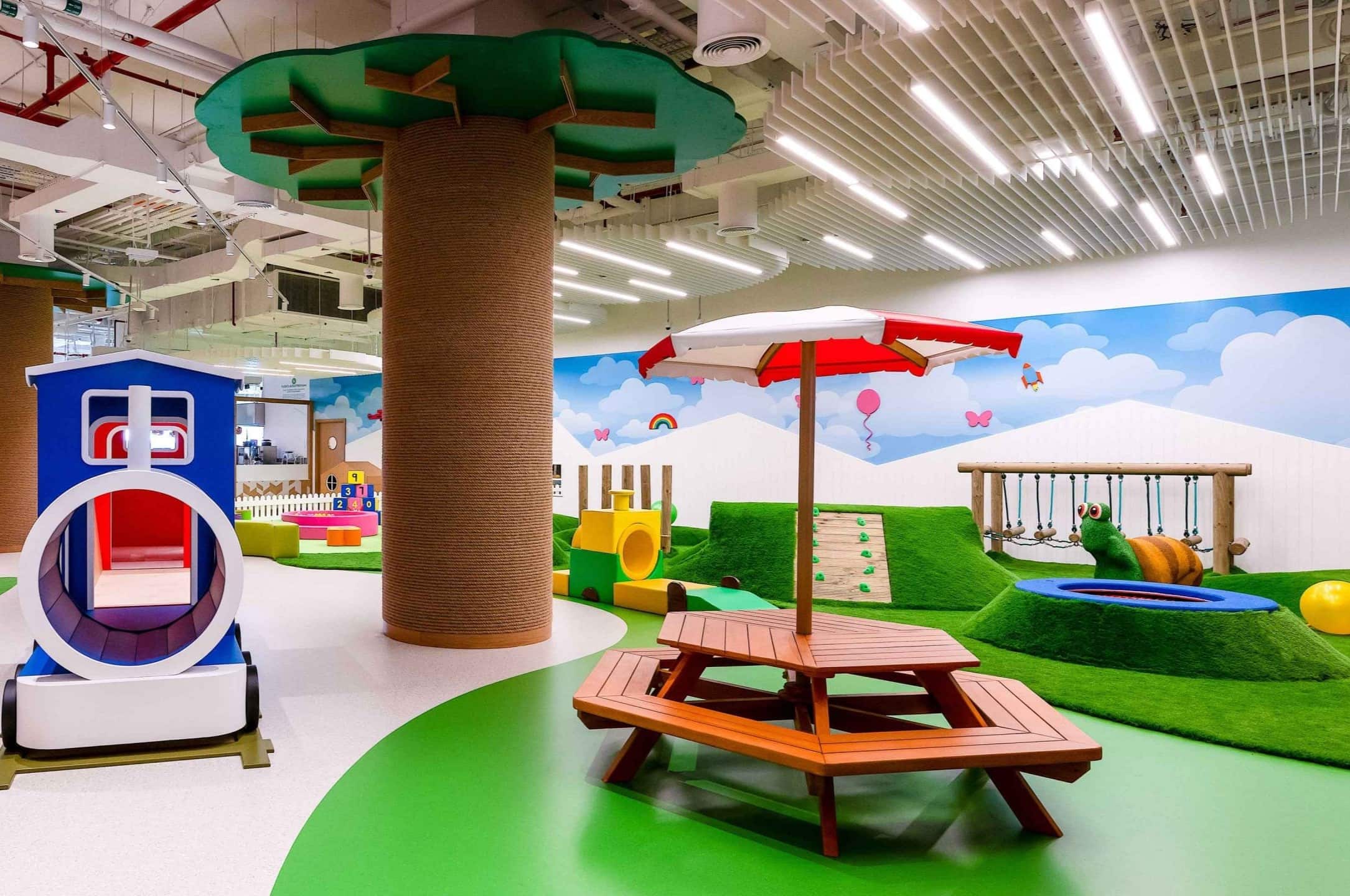
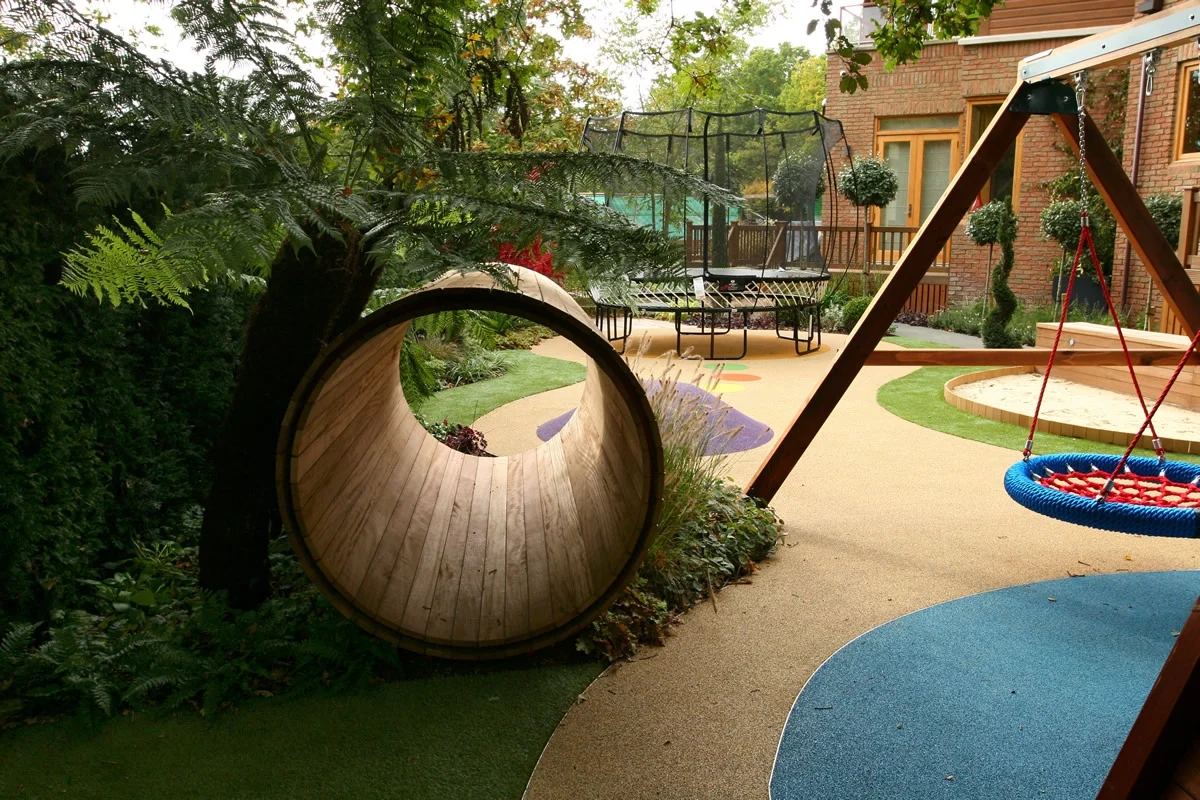
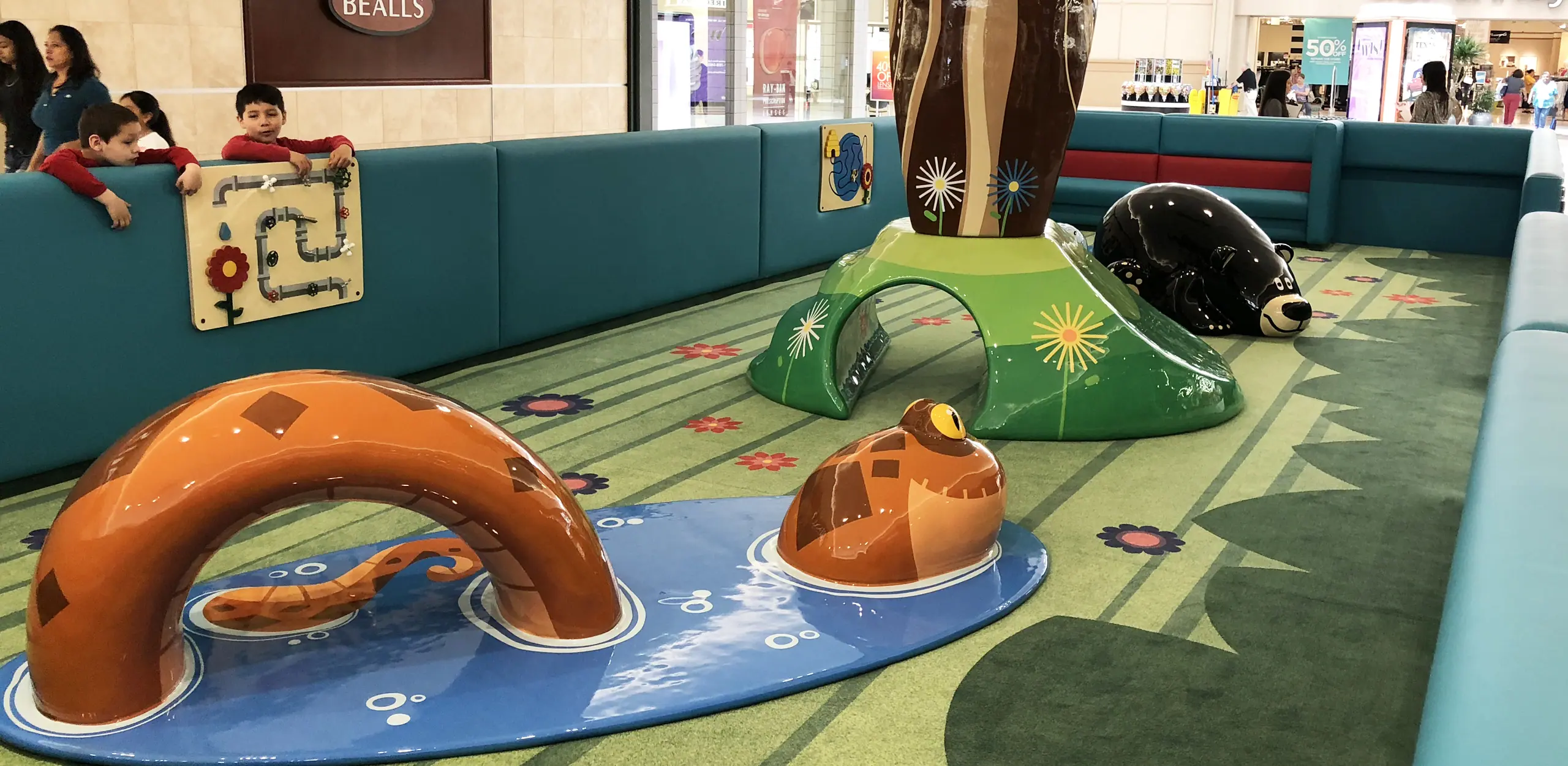
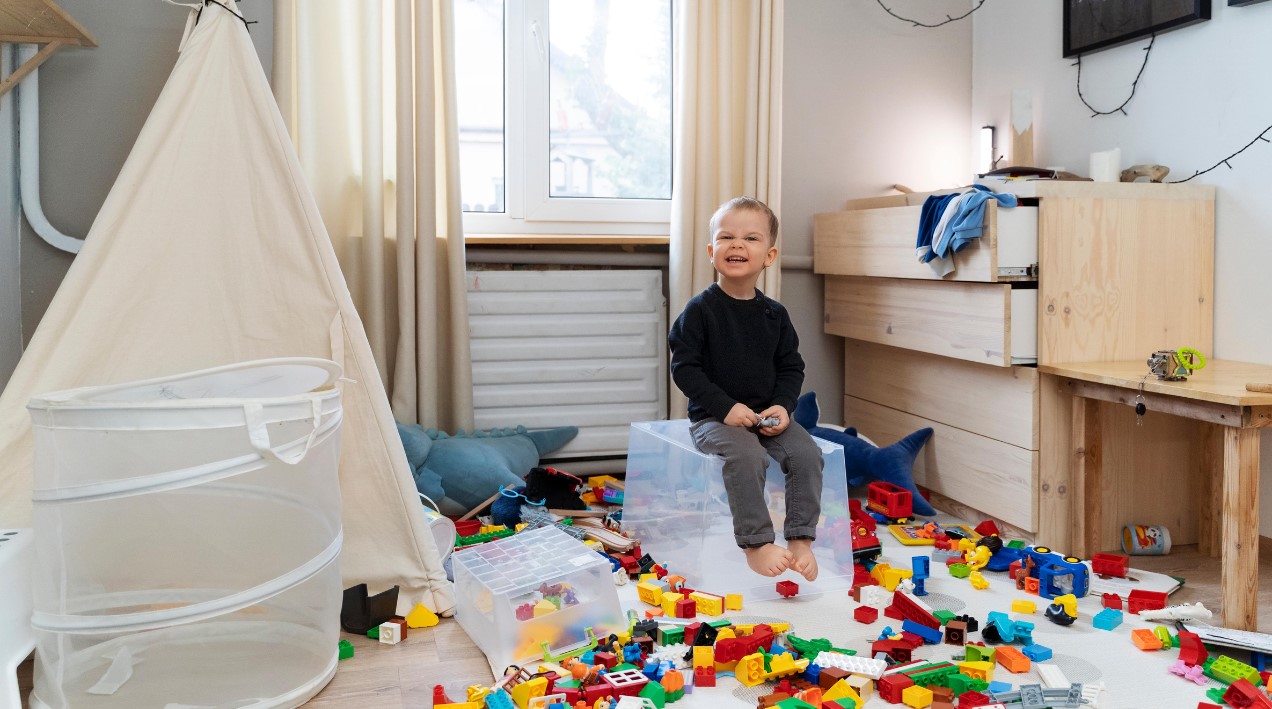

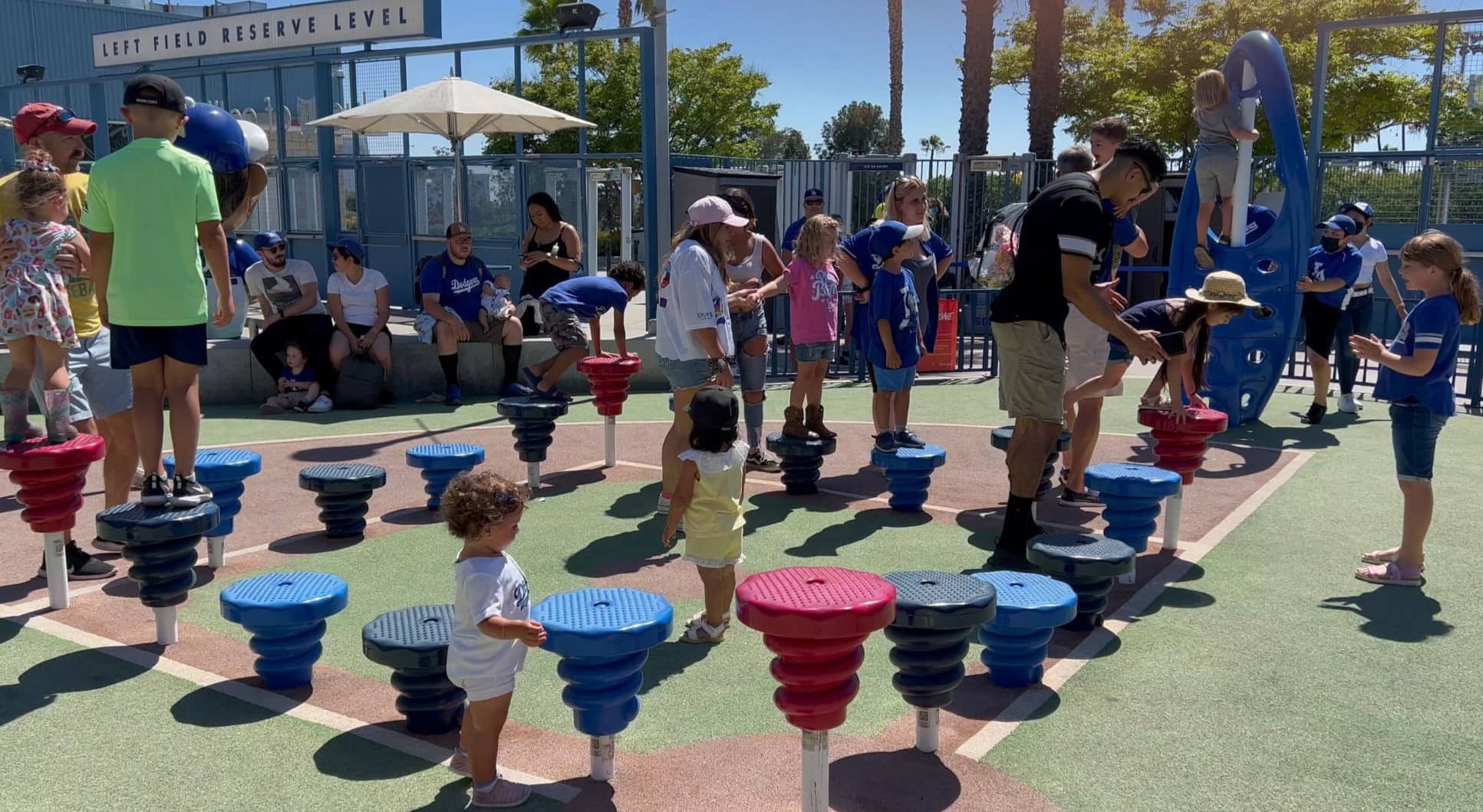

0 thoughts on “What Dimensions Does A Daycare Play Area Fence Have In Maryland”